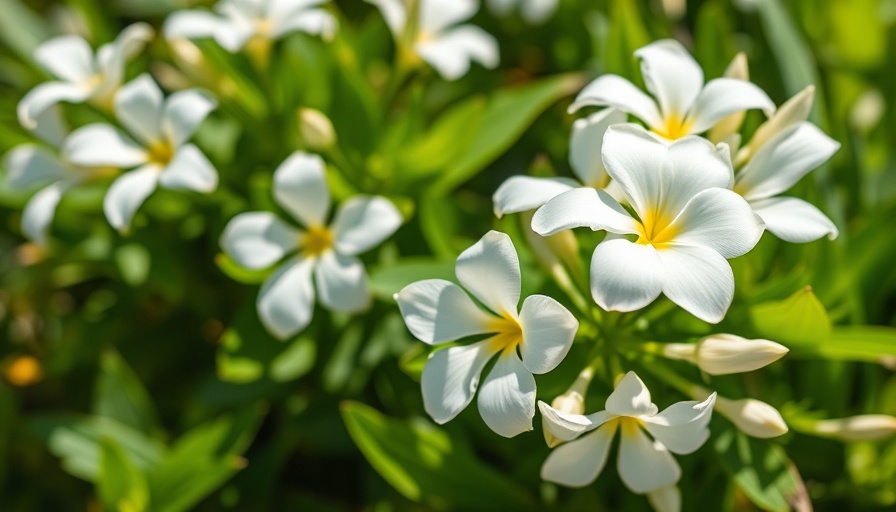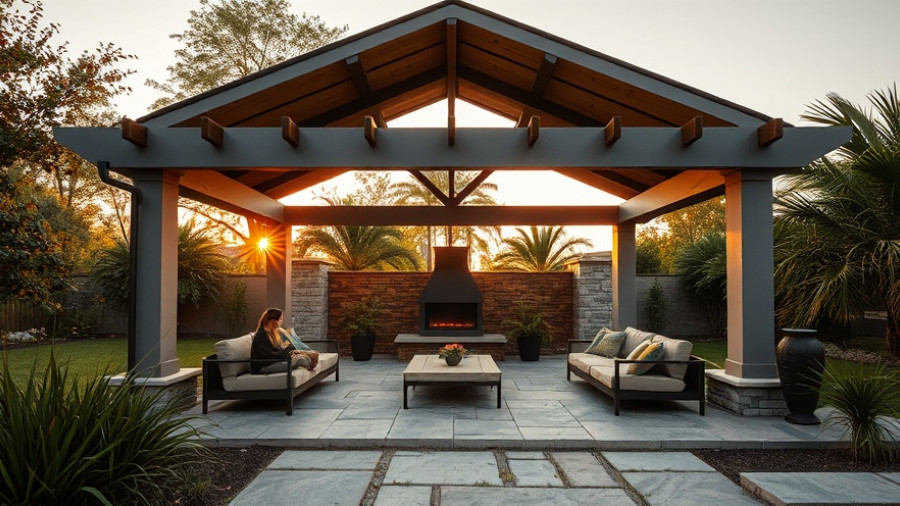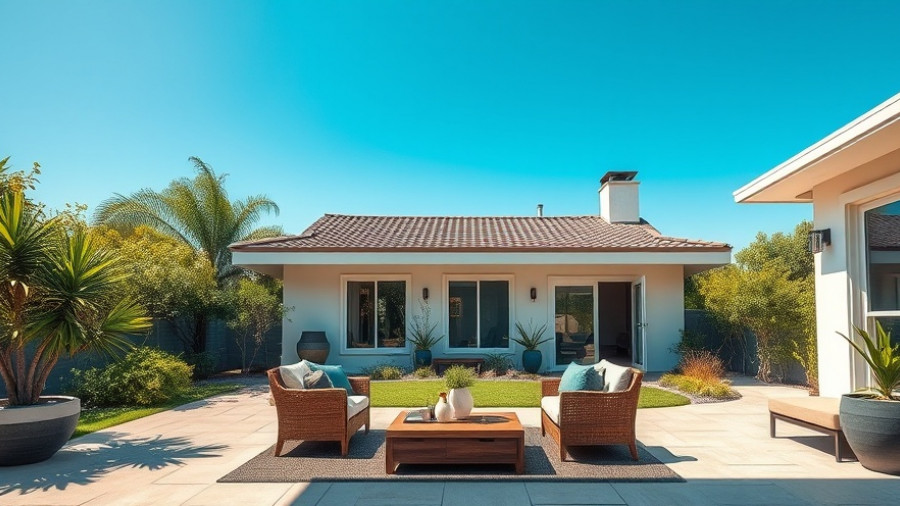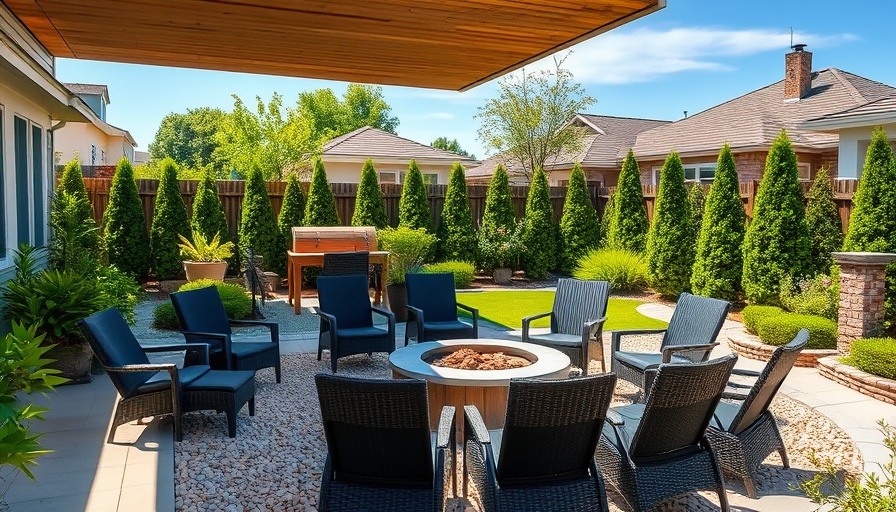
Transform Your Garden With Innovative Shrubs for 2025
As landscaping trends evolve, homeowners seek ways to elevate their gardens beyond the ordinary. In 2025, gardeners have a plethora of new shrub cultivars that promise to enhance aesthetics while offering easier maintenance. These shrubs not only beautify spaces but also contribute to the environment, making them smart choices for eco-conscious California homeowners.
Exciting New Introductions for Your Landscape
Over the years, shrubs have transitioned from being mere background players to central figures in landscape design. With a mix of vibrant colors, unusual shapes, and environmental resilience, the latest cultivars are designed to stand out. Here are some standout options:
- Fire Ball Seedless® Burning Bush: This non-invasive cultivar boasts vividly red foliage in autumn and is perfect for creating a vibrant backdrop. Its development aimed at preventing the plant from spreading uncontrollably, ensuring it adds beauty without ecological repercussions.
- Paisley Pup® Doghobble: For those seeking an evergreen option, this lovely shrub offers an array of hues while being shade-tolerant and deer-resistant. Imagine enhancing your garden with its fragrant white flowers that attract local pollinators!
- Oso Easy En Fuego® Rose: Renowned for its hardiness, this rose thrives in varied climates while warding off common diseases. The bright colors and robust growth make it a charming addition to any garden space.
Why These Shrubs Matter for California Landscapes
California’s diverse climate presents both challenges and opportunities for gardeners. Incorporating new shrub varieties can mean less maintenance and a more sustainable landscape. These shrubs are bred to adapt to local conditions while requiring less water and care.
Practical Insights: Choosing the Right Shrub for Your Space
When selecting a shrub, consider your garden’s sun exposure, soil type, and the overall design aesthetic you aim to achieve. For compact spaces, opt for lower-growing varieties like Paisley Pup. If you desire to create robust sight lines, consider larger cultivars like the Fire Ball Seedless Burning Bush. Understanding the unique characteristics of each shrub assists in making informed decisions for your landscaping project.
Environmental Considerations: Enhancing Biodiversity
Choosing non-invasive and native shrubs goes a long way in supporting local wildlife. By opting for plants that attract pollinators, like bees and butterflies, homeowners can create lively gardens while protecting fragile ecosystems. The latest cultivars on the market emphasize this balance, ensuring that gardening contributes positively to the environment.
Inspirational Quotes from the Experts
According to landscape designers, “The right shrub can transform a dull space into an inviting retreat.” This sentiment is echoed throughout gardening communities, emphasizing the importance of selecting varieties that resonate with both the homeowner’s vision and ecological values.
Frequently Asked Questions (FAQ)
Q: How do I maintain these new shrubs?
A: Regular watering, light pruning, and ensuring adequate sunlight will help your shrubs flourish. Each species may have specific needs, so referring to detailed care guides is recommended.
Q: Are these shrubs safe for local wildlife?
A: Many new cultivars, especially those highlighted, are bred to enhance biodiversity while being non-invasive, making them a safe choice for local fauna.
Next Steps: Elevate Your Landscape Today
As spring approaches, now is the perfect time to rethink your landscaping strategy. Explore local nurseries or online gardening stores to discover these innovative shrubs tailored for California’s unique environment. Transform your outdoor space and enjoy the aesthetic and ecological benefits!
 Add Row
Add Row  Add
Add 




Write A Comment